Jewish Consumptive's Relief Society (JCRS)
Courtesy Rocky Mountain College of Art + Design; the University of Denver archival web page.
Satellite photo courtesy Google Earth.
Edited by David Barth 6 March 2014. Other photos by David Barth.
The Jewish Consumptive's Relief Society (JCRS) was founded in Lakewood, Colorado in 1904 as a non-sectarian sanatorium to treat
tuberculosis (TB) patients in all stages of the disease. The society was founded by a group of immigrant Eastern European Jewish
men, many of whom were themselves victims of TB.
For decades patients flocked to Lakewood from all over the country and were admitted, free of charge. In the early years, the sanatorium
was headed by Dr. Charles Spivak as Secretary (1904-1927) and by Philip Hillkowitz
as President (1904-1948) and catered primarily to Jewish patients in a distinctively Jewish environment.
JCRS, located at what is now 1600 Pierce Street, spanned 148 acres and occupied 34 buildings. It had its own post office,
meteorological station, and dairy farm. By the early 1950s, tuberculosis had been largely eradicated and the facility was repurposed to
perform cancer treatment. The southern portion of the land, adjacent to West Colfax Avenue, was sold for development of Lakewood's
first mall, and the entrance to JCRS was changed from Colfax to Pierce Street.
In 1954 the institution changed its name to the American Medical Center (AMC), and in 1985, the mission of AMC focused on cancer
research instead of cancer treatment.
In 2002 the Rocky Mountain College of Art + Design (RMCAD) purchased the buildings and 24 surrounding acres. JCRS is listed on the National
Register of Historic Districts.
Courtesy jeffoc.us/placenames:
Jewish Consumptives' Relief Society: (edited by David Barth)
Dr. Charles Spivak was founder of J.C.R.S. in 1904. Eventually, there were about 35 buildings of different shapes and sizes and ages, positioned on about 100 acres of land. After JCRS ended, the facility became the American Medical Center of Denver, devoted to cancer research and treatment.
Tuberculosis (TB) was rampant in the early Twentieth Century and weather conditions in Colorado were beneficial for treatment. Thousands of people gave money to get the Society started. J.C.R.S. would take anyone who needed TB care, regardless of their ability to pay.
Dr. Spivak, a Russian Jew, came to America in his teen years, did manual labor and small jobs to earn money to go to Jefferson Medical college in Philadelphia. He received his diploma in 1890, and taught at the Denver Medical School where he helped acquire necessary text books for students and helped to add volumes to the Medical Library.
The reason Dr. Spivak started J.C.R.S. was because most hospitals took only the worst cases of TB. Fresh air and sunshine were the best treatment known for tuberculosis. To treat TB paitents, J.C.R.S. erected 34 tents which were used for 15 years. The tents were rebuilt as small, one-room cottages, but they continued to be called "tents." As of 2016, one of these cottages remained on the grounds as an historic example.
Doctors and volunteers responded with their skills and money. A farm was established that raised grains and vegetables, there was a dairy and a poultry farm, a book bindery, a print shop, and a general store.
In 1920 a two-story building was destroyed by fire. Dr. Spivak toured the country to get donations and came back with money to build a bigger hospital to serve 204 patients.
Many people who were cured of TB stayed to work at J.C.R.S. in many capacities. The facility was large enough to justify opening a Post office, which started out in a tent, and was known as Sanatorium, Colorado.
The J.C.R.S. District was added to the National Register of Historic Places on June 26, 1980 (5JF.178)."
 |
JCRS Historic District.
Satellite view courtesy Google Earth. |
This is a satellite view of JCRS Historic District in 2014.
 |
| Texas Building was the Women's Dormitory. |
Texas was built in 1927. In 1954 it became a cancer treatment facility for the American Medical Center. In the foreground is a
concrete mattress sculpture made by one of the RMCAD students.
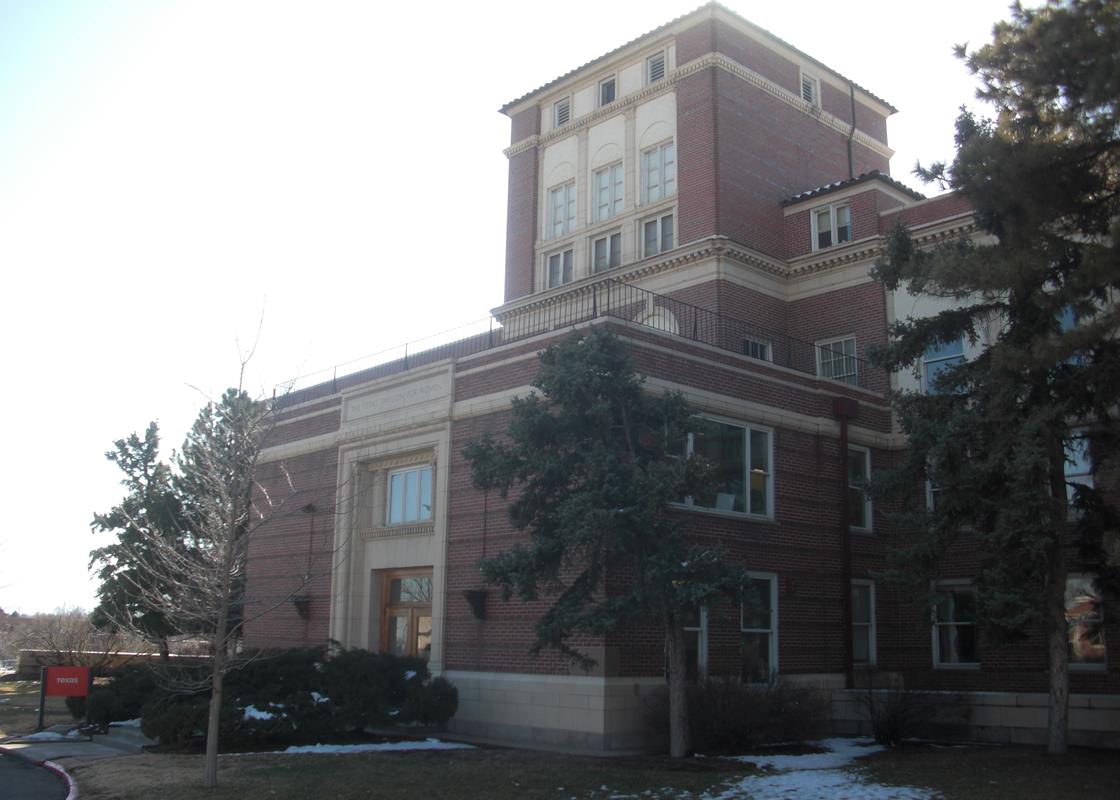 |
| Texas Building was the Women's Dormitory. |
 |
| Texas Building was the Women's Dormitory. |
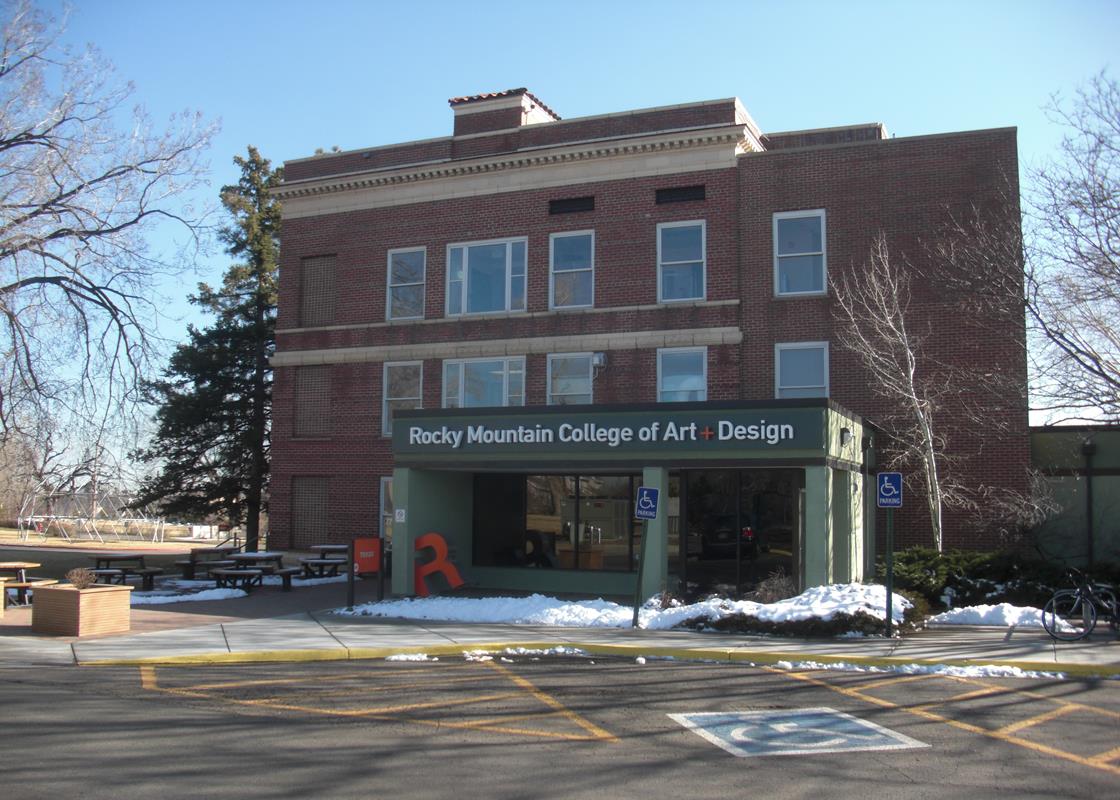 |
| Texas Building was the Women's Dormitory. |
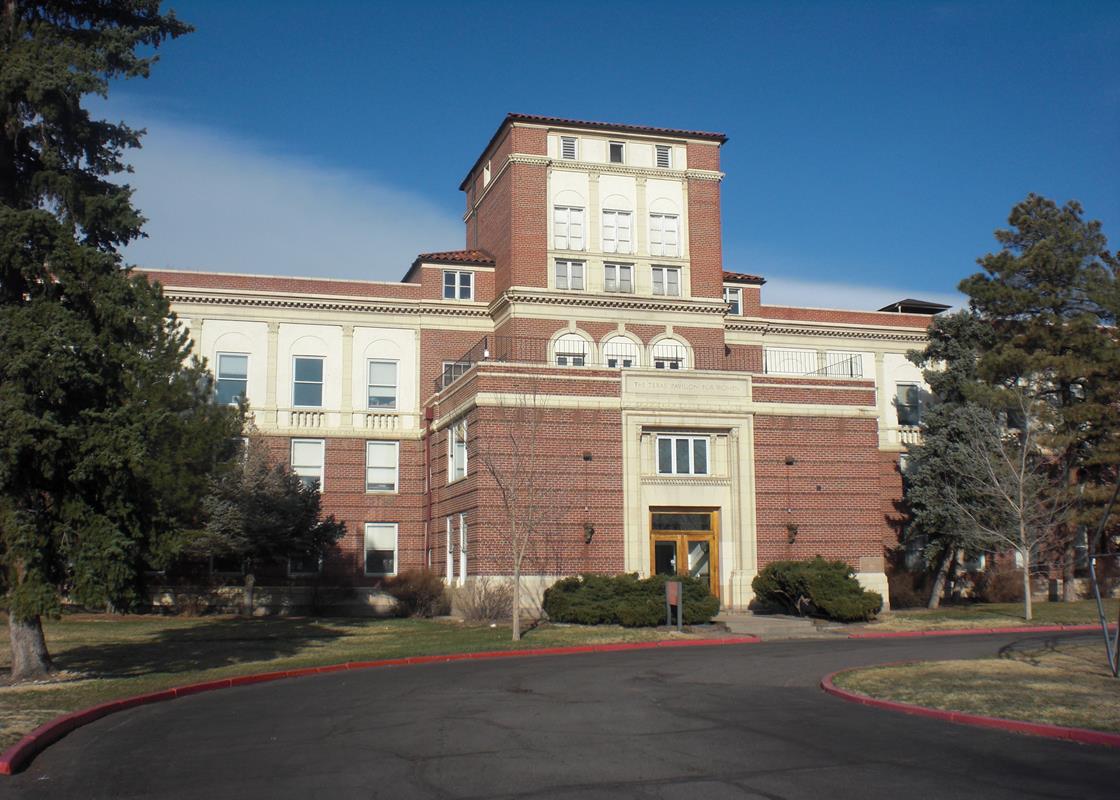 |
| Texas Building was the Women's Dormitory. |
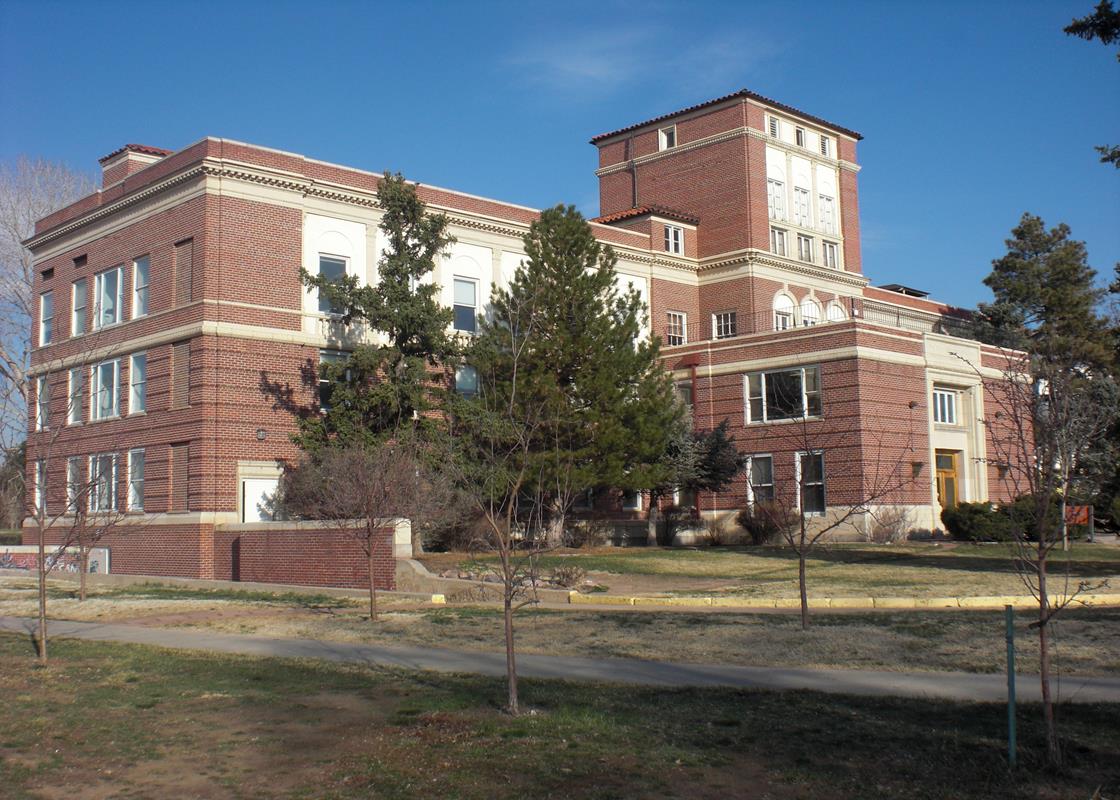 |
| Texas Building was the Women's Dormitory. |
 |
| Texas Building was the Women's Dormitory. |
 |
| Isaac Solomon Synagogue. |
The synagogue was built in 1925. It was the first Jewish house of worship in Jefferson County. It was used for religious services
until the 1950s. It was placed on the United States National Register of Historic Places in 1980. It is currently not in use.
 |
| Isaac Solomon Synagogue. |
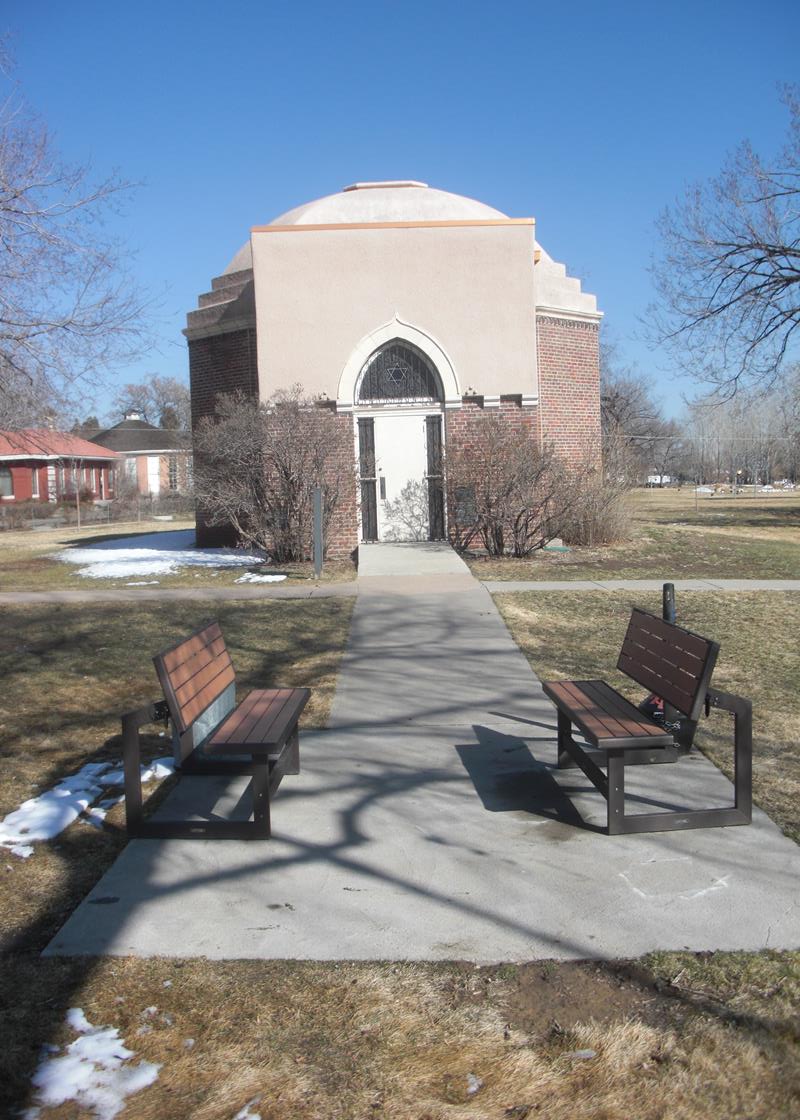 |
| Isaac Solomon Synagogue. |
 |
| Isaac Solomon Synagogue. |
 |
| Isaac Solomon Synagogue. |
 |
| Isaac Solomon Synagogue. |
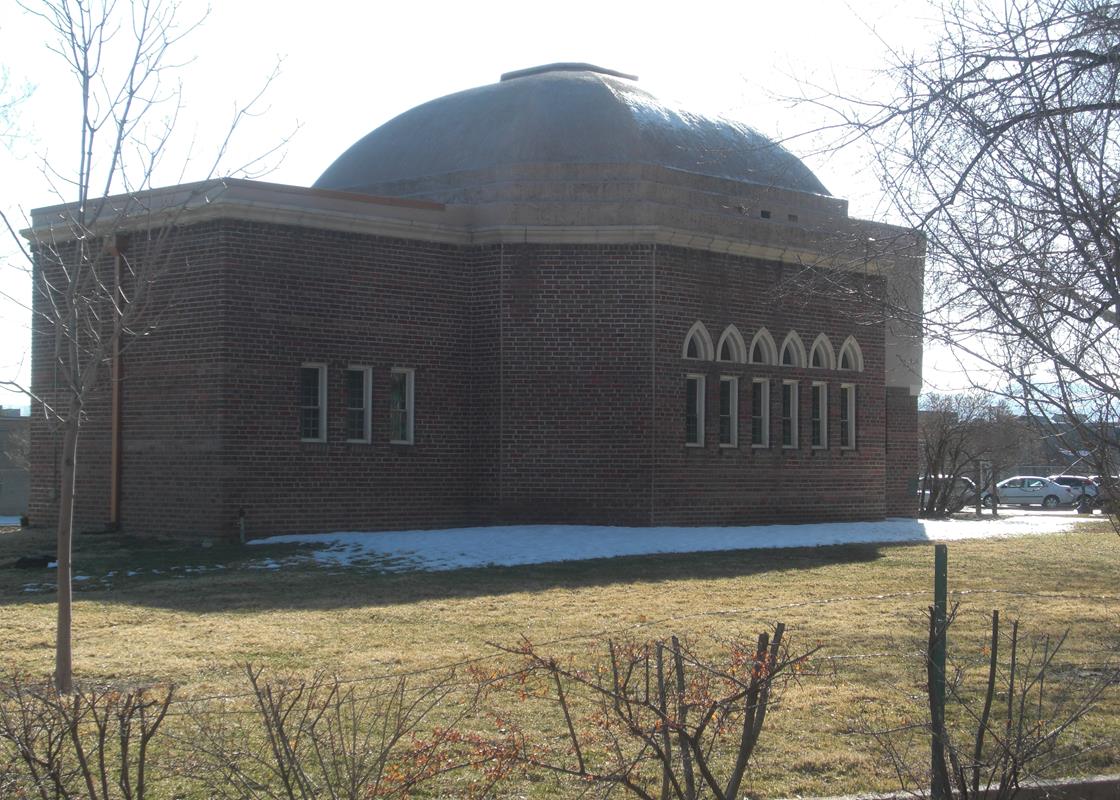 |
| Isaac Solomon Synagogue. |
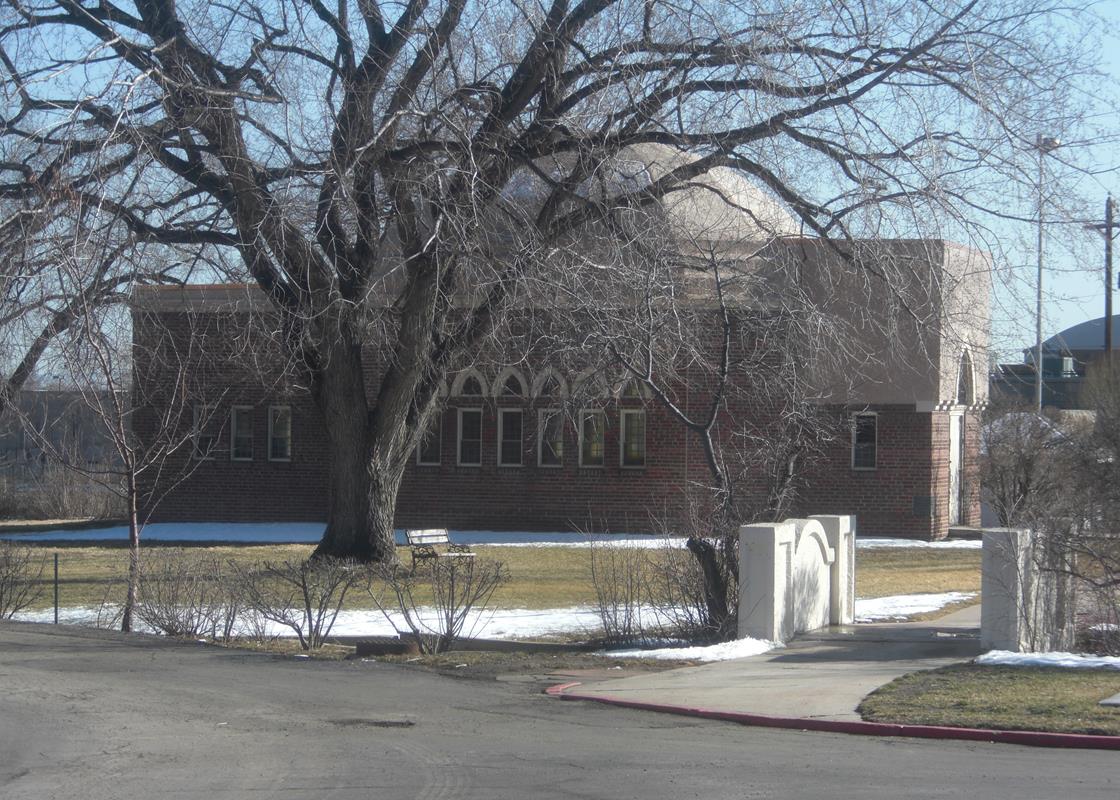 |
| Isaac Solomon Synagogue. |
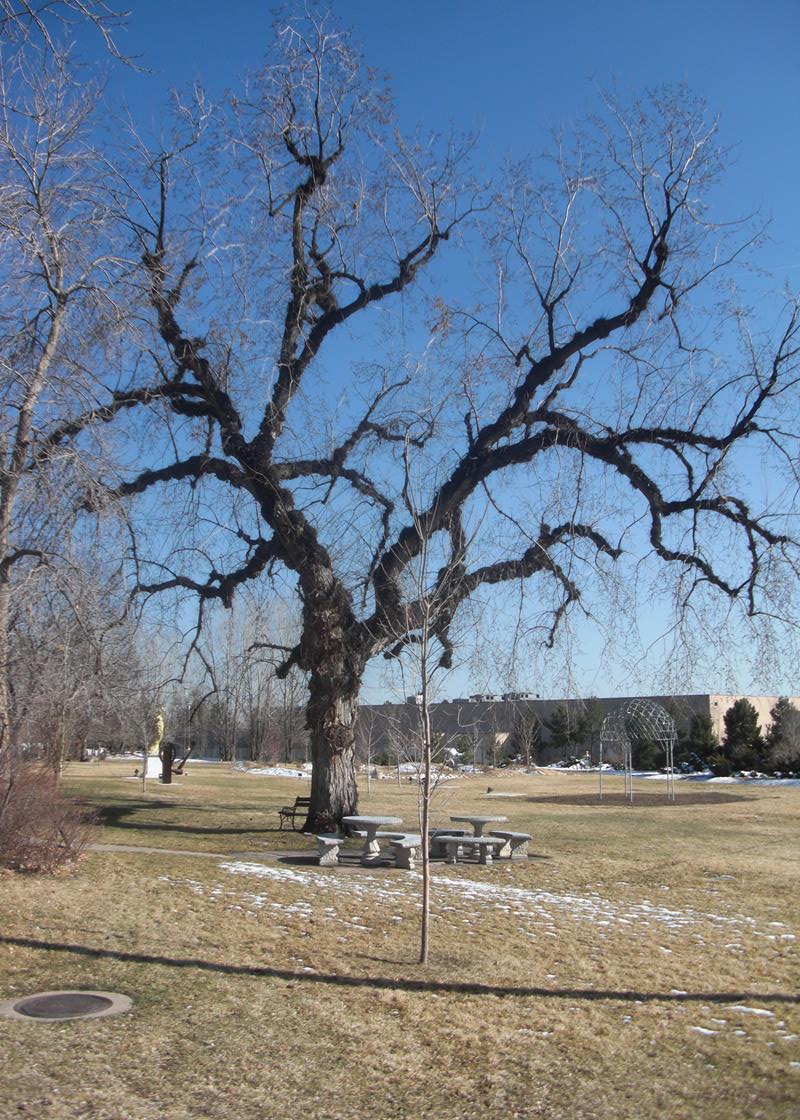 |
| Sculpture Park, east of the Isaac Solomon Synagogue. |
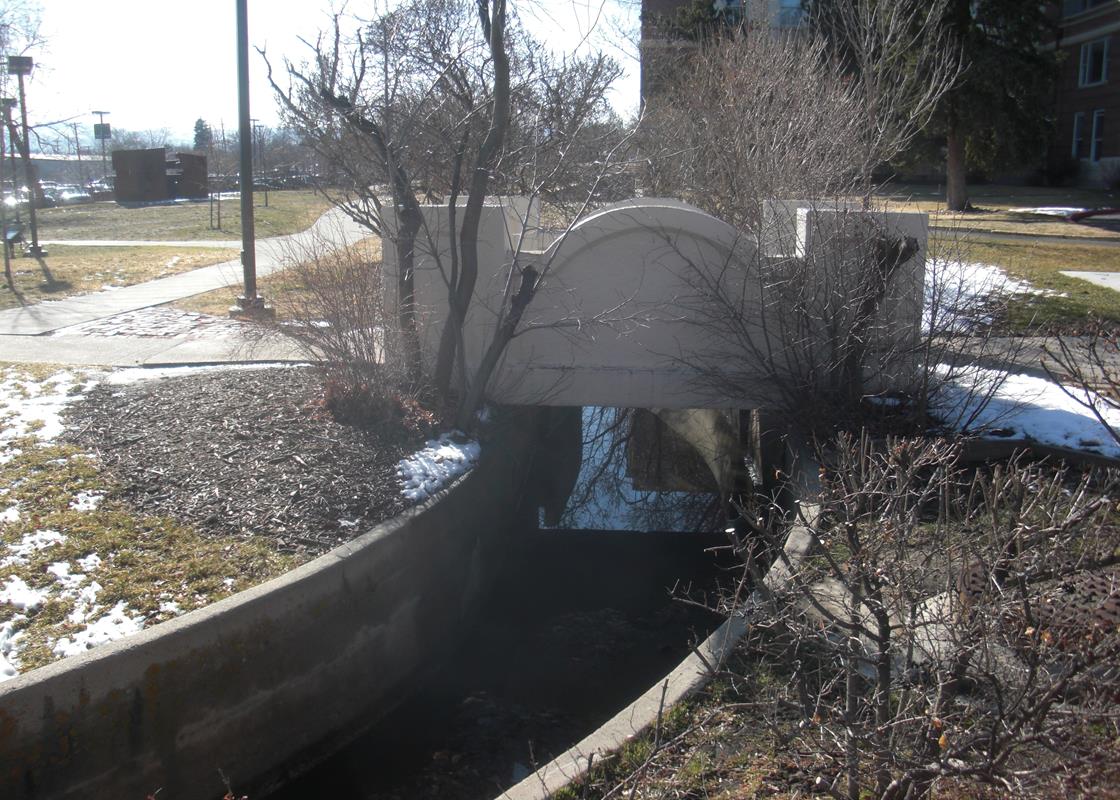 |
| Bridge across an old canal. |
 |
| Old canal. |
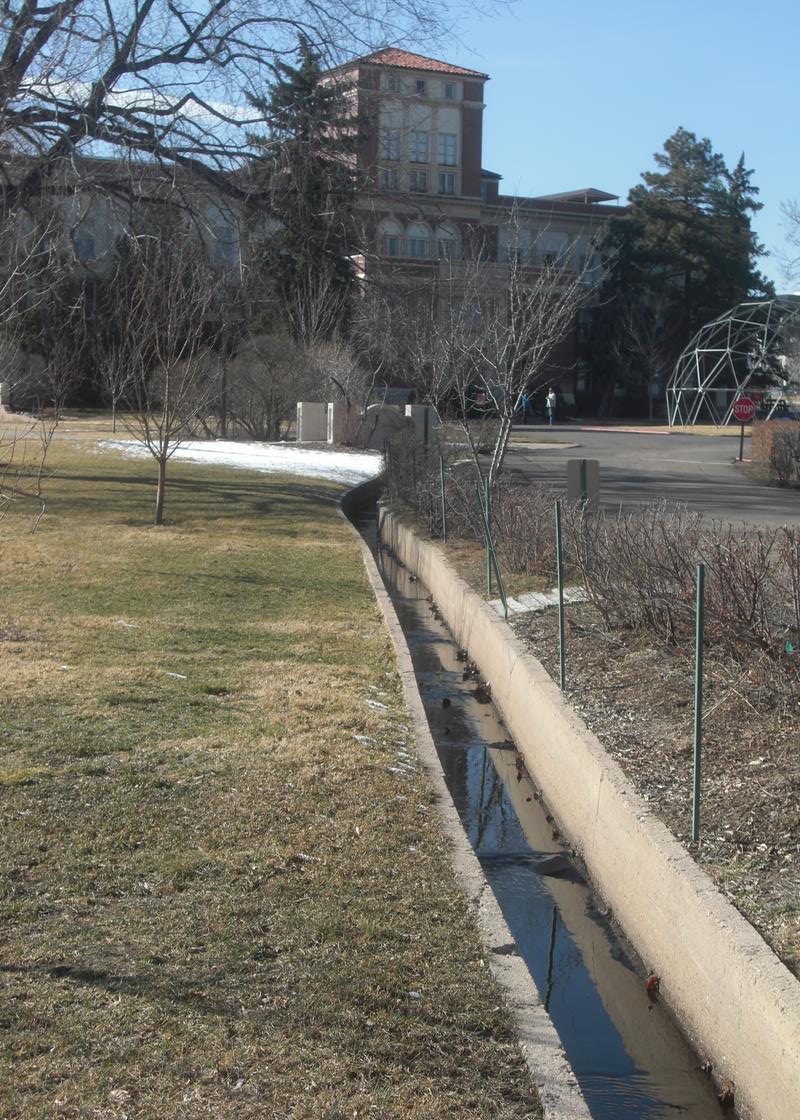 |
| Old canal. |
 |
| The I. Rude Medical Building, built in 1919. |
 |
| The I. Rude Medical Building, built in 1919. |
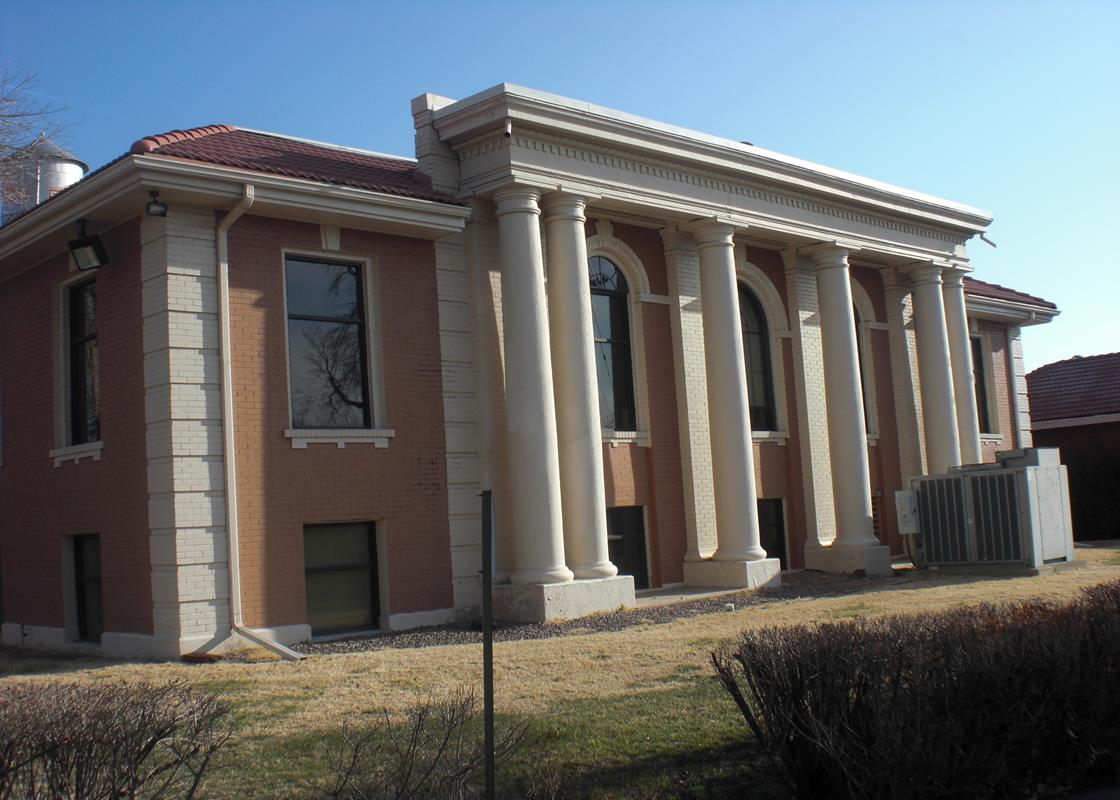 |
| The I. Rude Medical Building, built in 1919. |
 |
| The Spivak Building, built in 1907. |
The Spivak building was named for one of the founders of JCRS and was used as an administrative center
for the hospital.
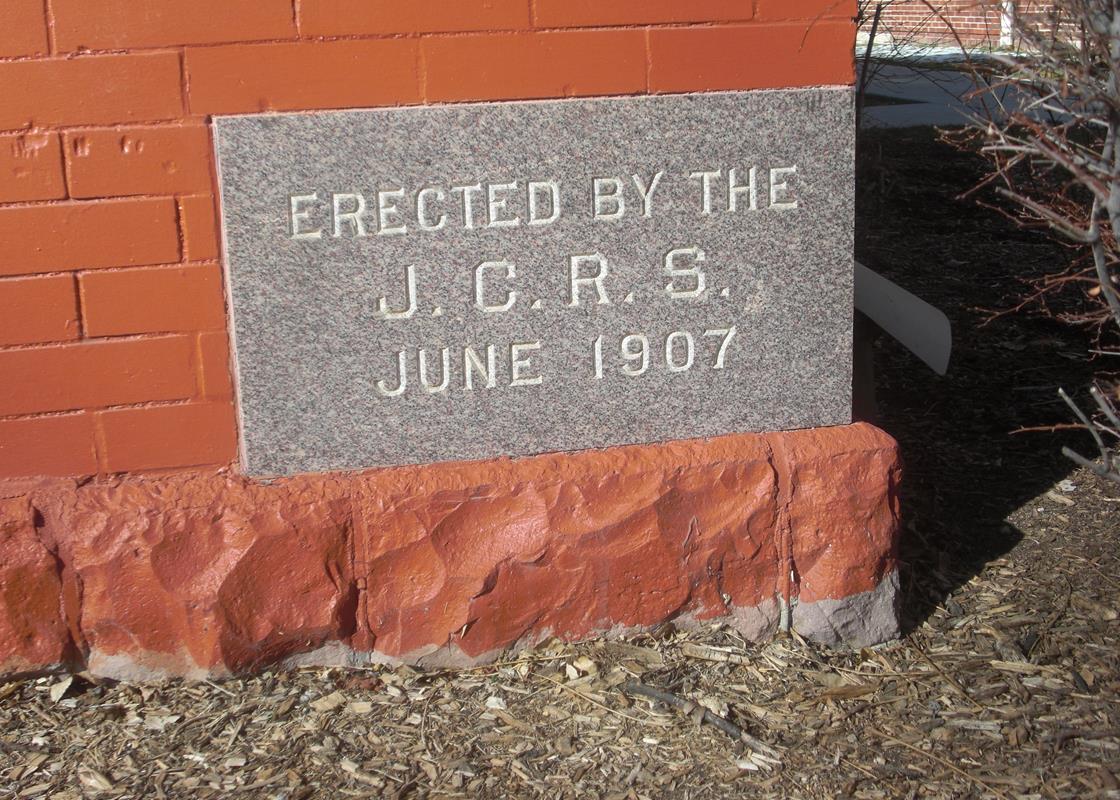 |
| The Spivak Building. |
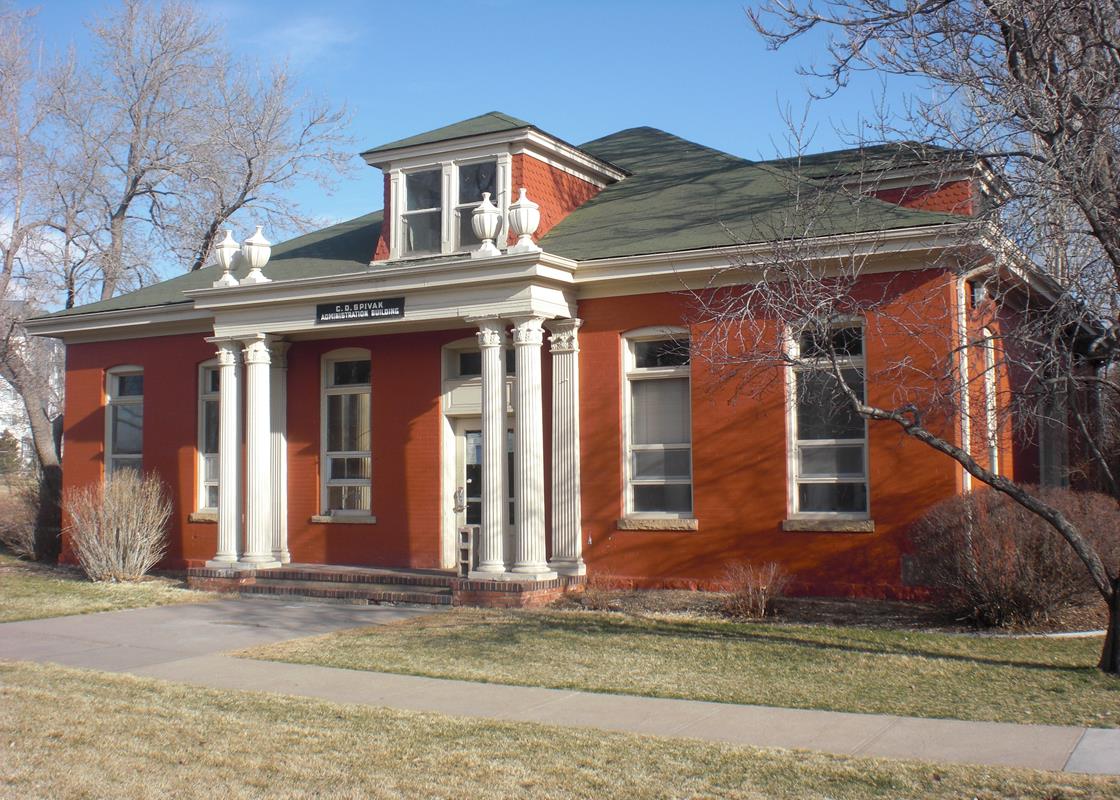 |
| The Spivak Building. |
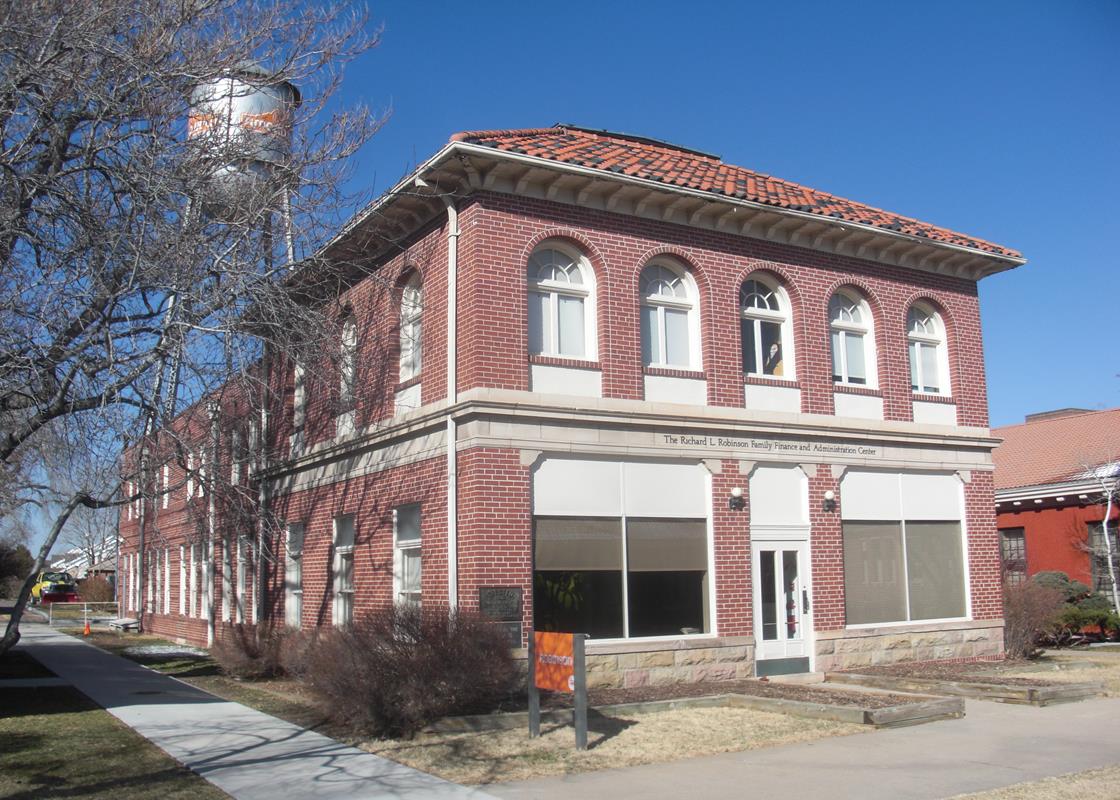 |
| This was the Richard I. Robinson Building. |
It was built in 1906 and was the Family Finance and Administration Center. The water tower at the upper left of the picture
was built around 1907 and at the time of this writing in 2014, was still in use. The RMCAD campus gets the majority of its
water from the tower. Water is pumped from an artesian well to a water treatment plant at the tower's base.
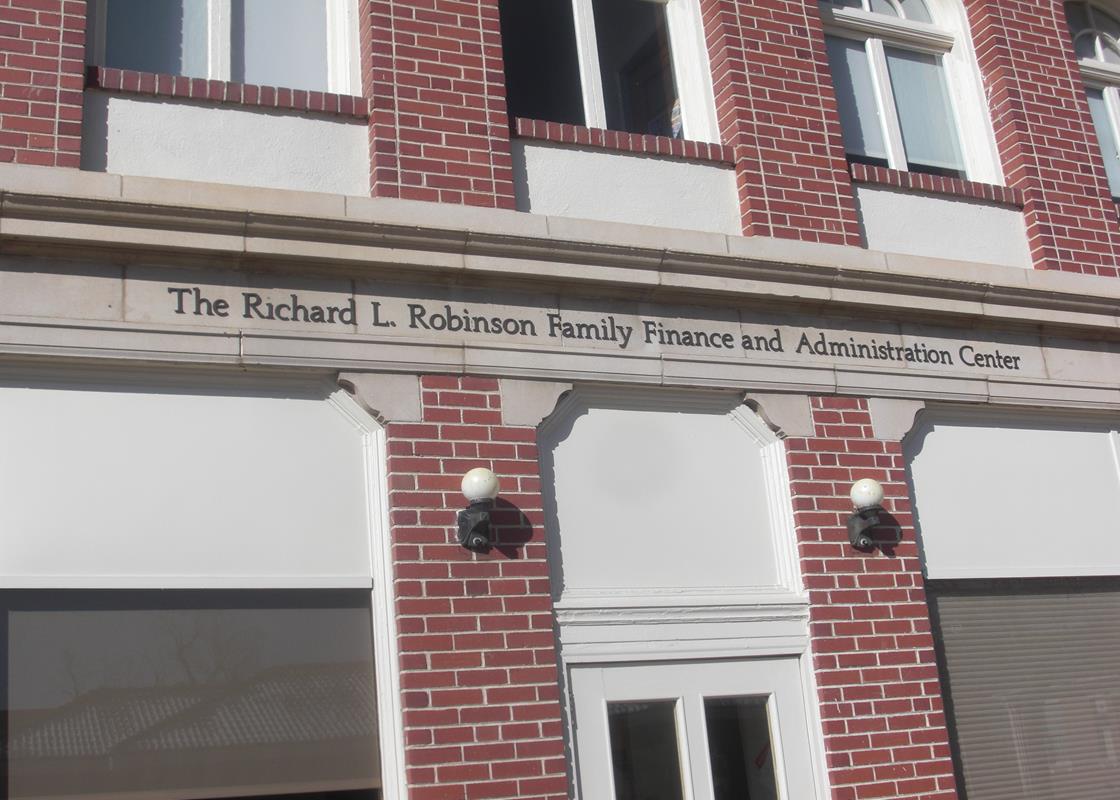 |
| This is the Richard I. Robinson Building. |
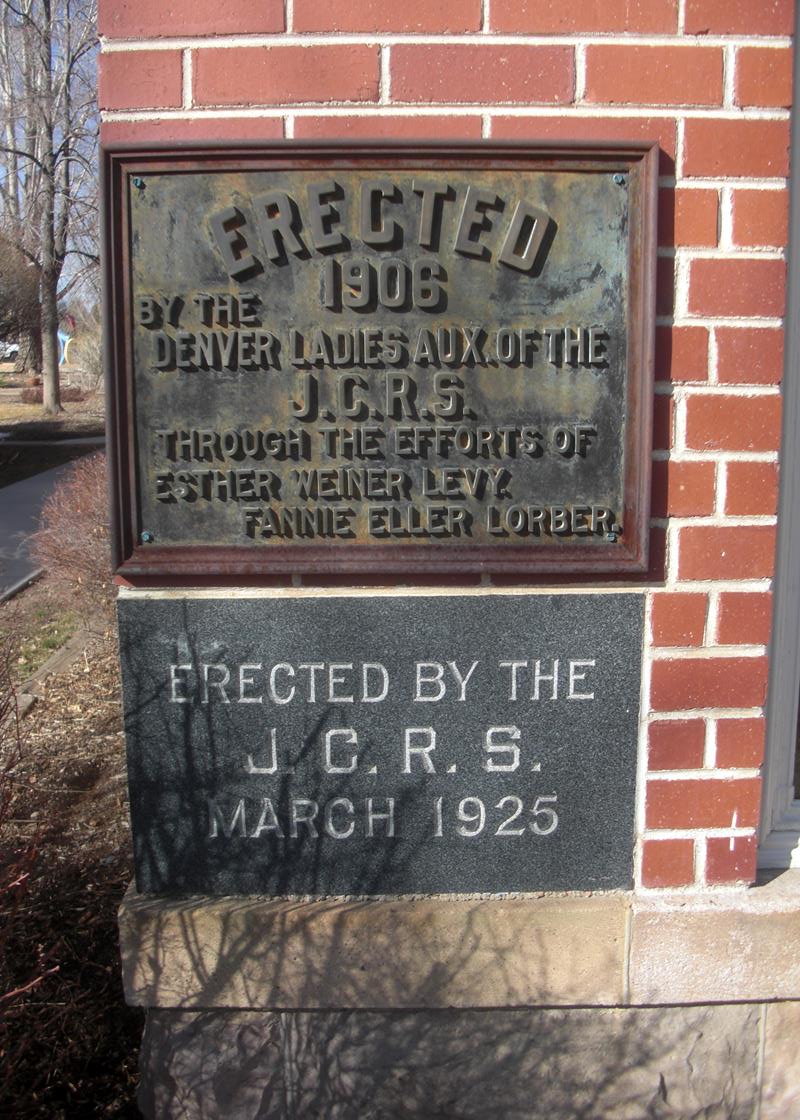 |
| This is the Richard I. Robinson Building. |
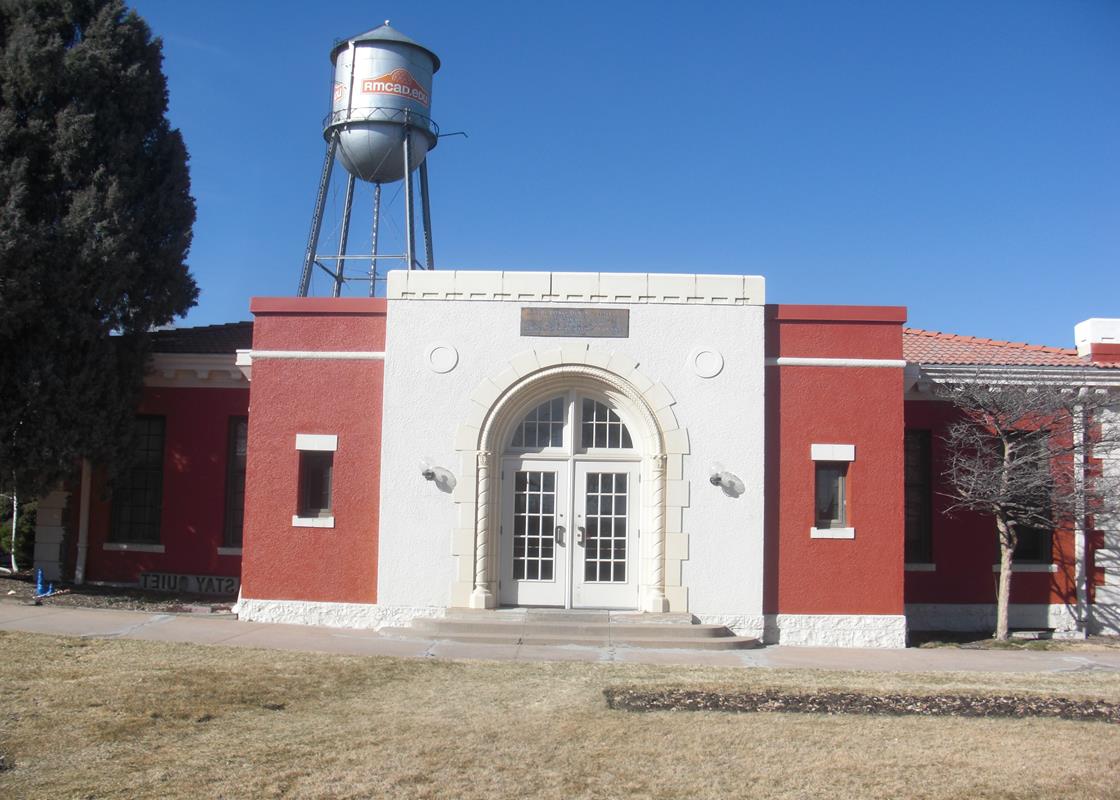 |
| This is the Triboro Building built in 1936. |
This building served as the JCRS dining hall.
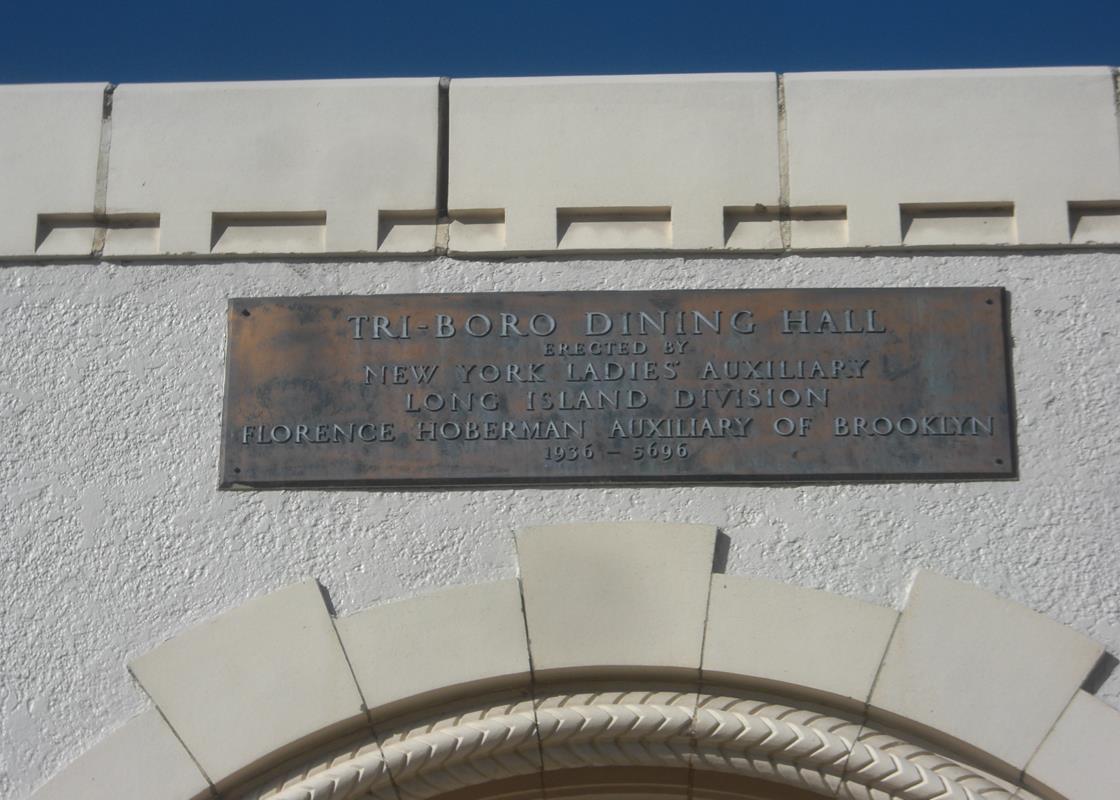 |
| This is the Triboro Building built in 1936. |
 |
| This is the Triboro Building built in 1936. |
 |
| This is the Triboro Building built in 1936. |
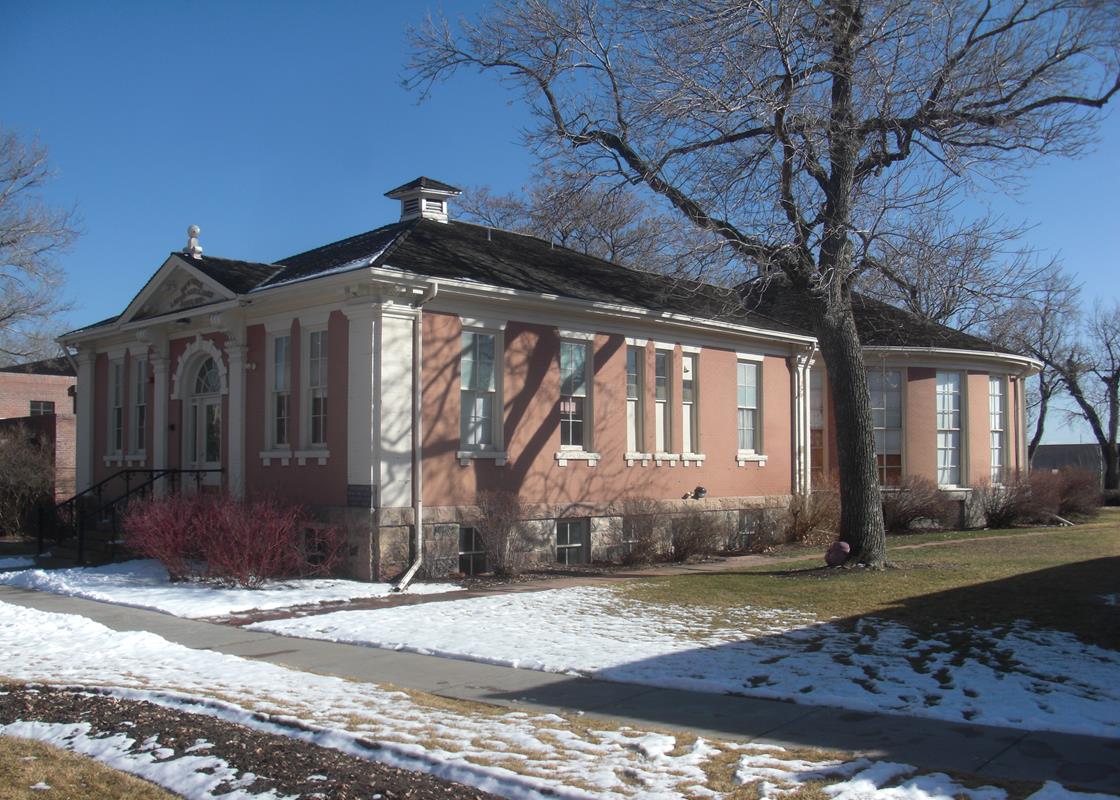 |
| This is the New York Ladies Auxiliary Pavilion (Rotunda). |
It is also known as the Rotunda building. JCRS used this building to expose patients to Colorado sunshine. At the rear is a
rotunda that lets in plenty of light. It was built in 1908.
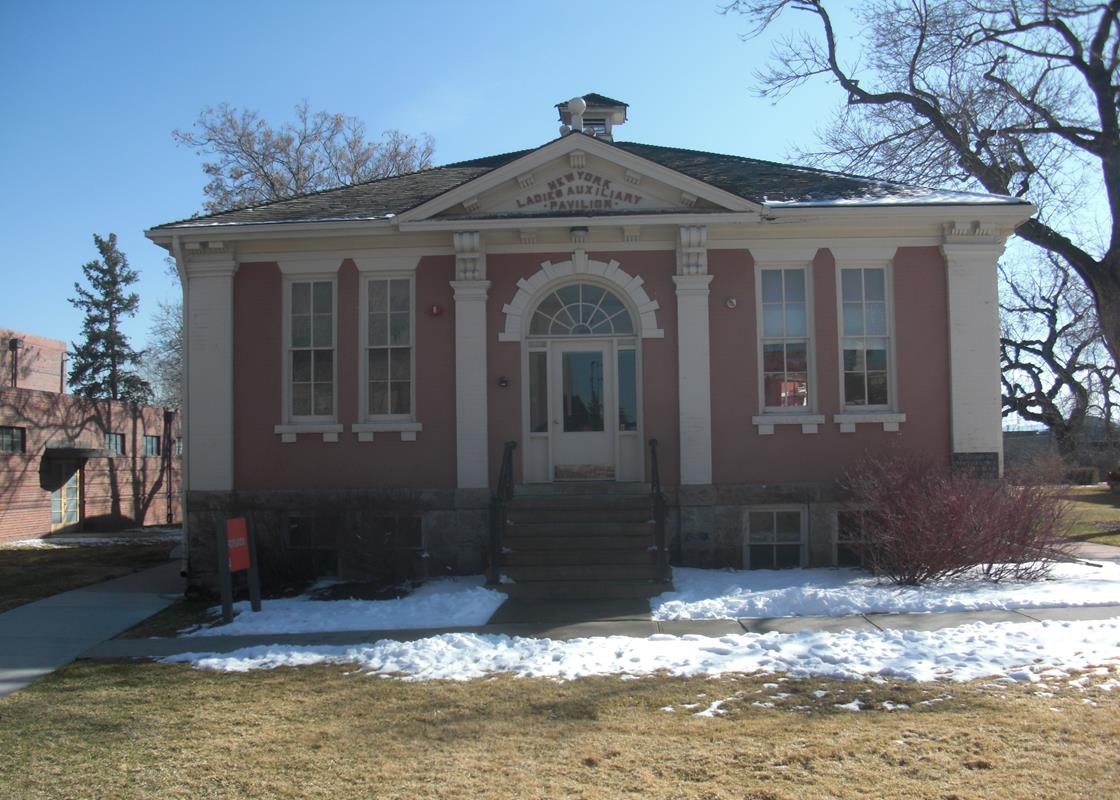 |
| This is the New York Ladies Auxiliary Pavilion (Rotunda). |
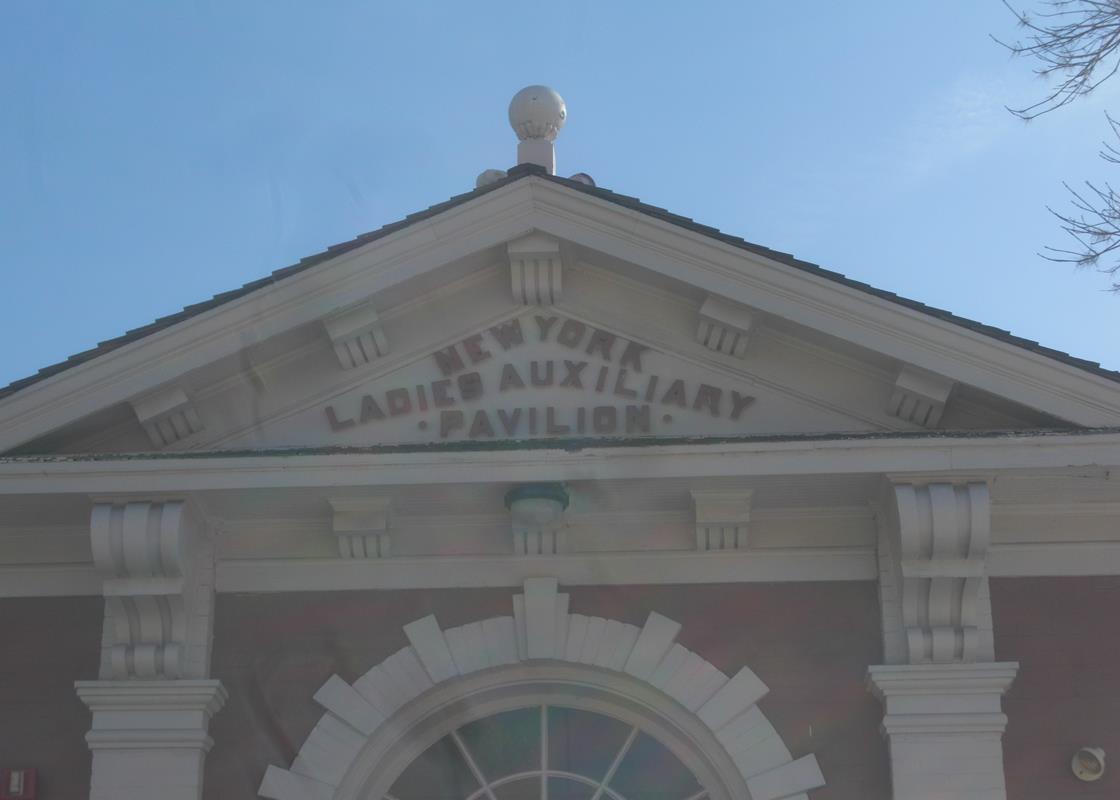 |
| This is the New York Ladies Auxiliary Pavilion (Rotunda). |
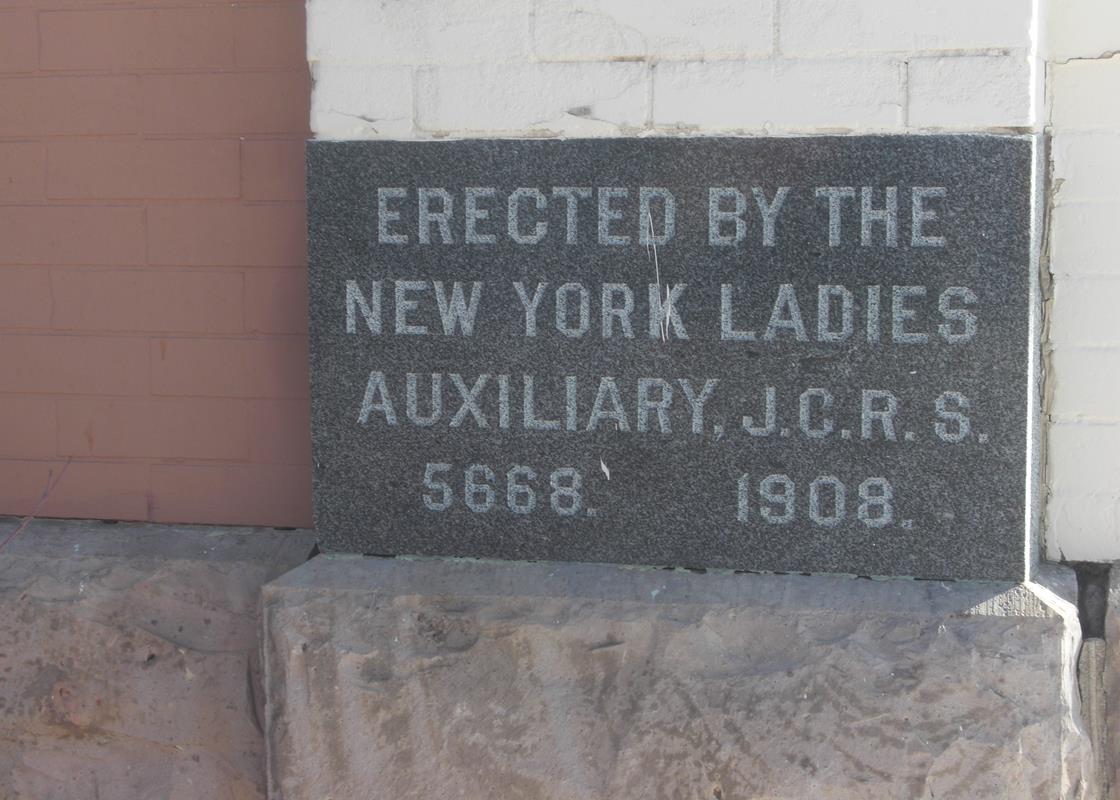 |
| This is the New York Ladies Auxiliary Pavilion (Rotunda). |
 |
| This is the New York Ladies Auxiliary Pavilion (Rotunda). |
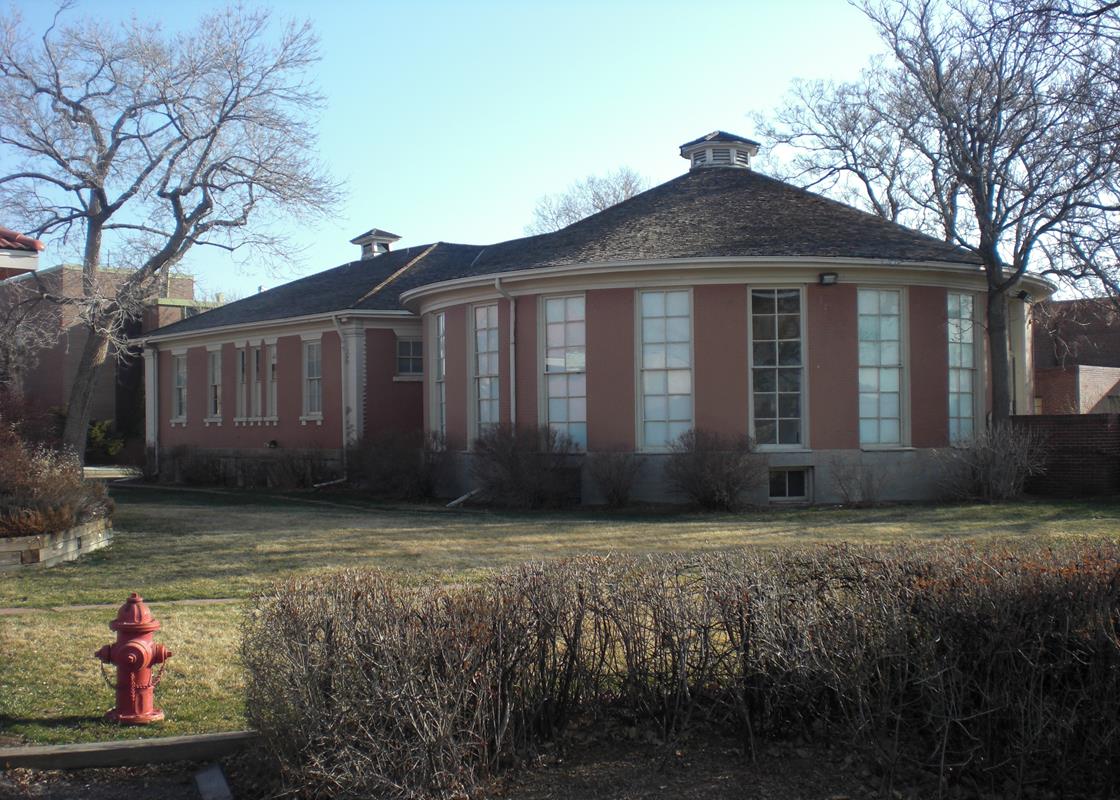 |
| This is the New York Ladies Auxiliary Pavilion (Rotunda). |
 |
| This is the New York Ladies Auxiliary Pavilion (Rotunda). |
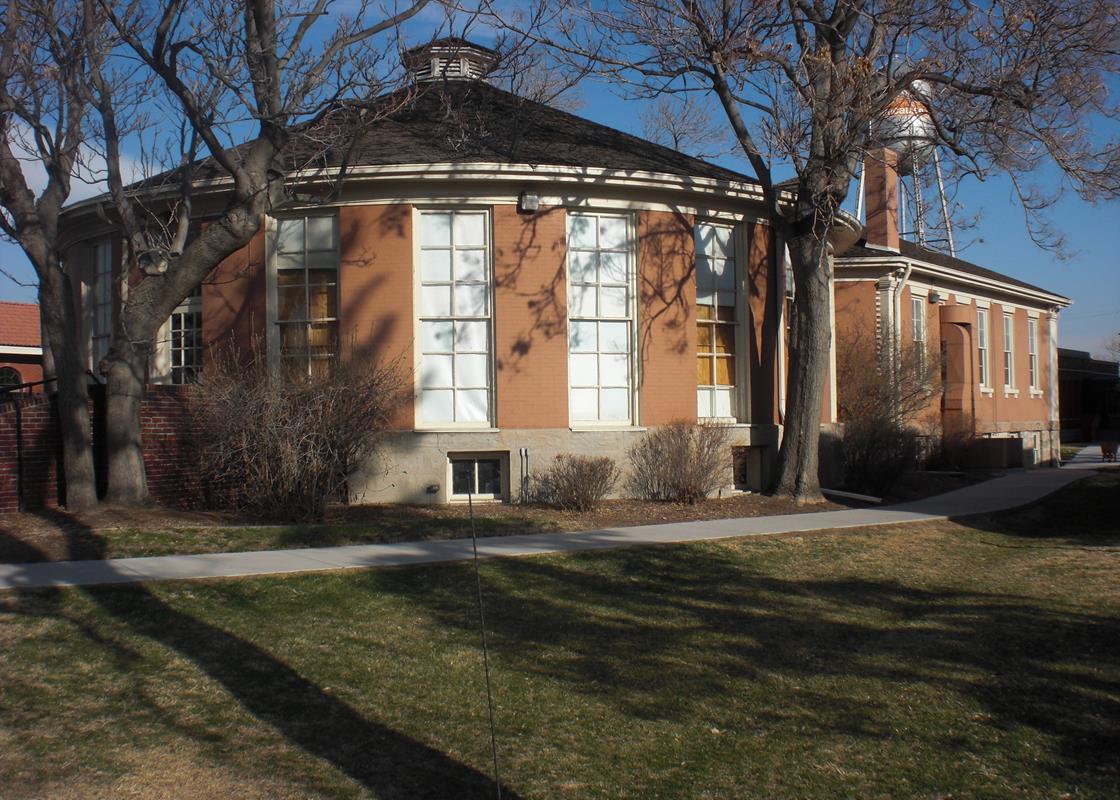 |
| This is the New York Ladies Auxiliary Pavilion (Rotunda). |
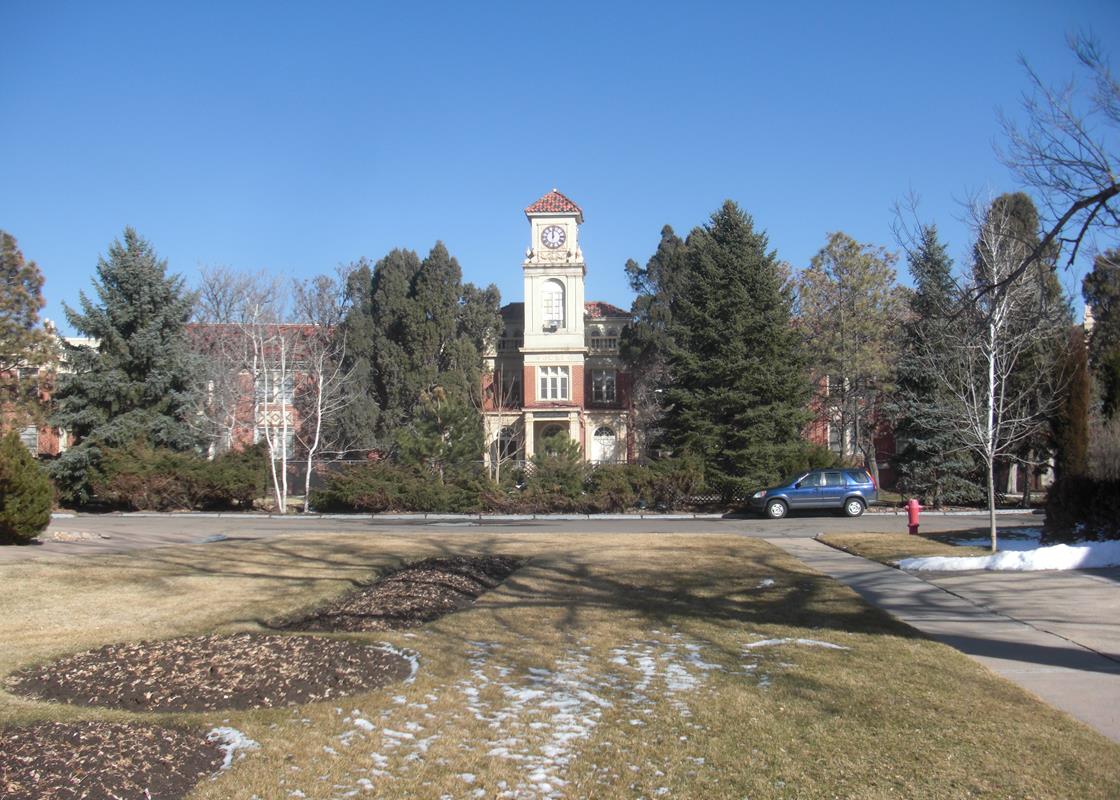 |
| This is the New York Building, built in 1922. |
This building originally served as the men's hospital.
 |
| This is the New York Building, built in 1922. |
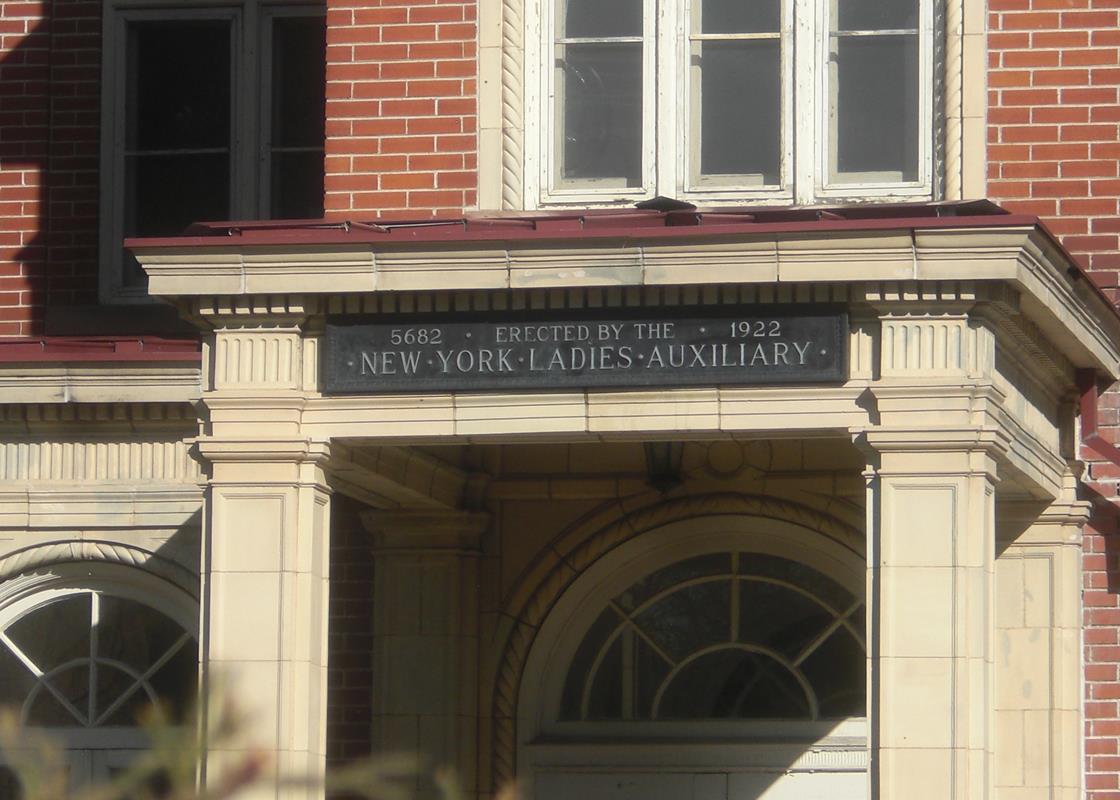 |
| This is the New York Building, built in 1922. |
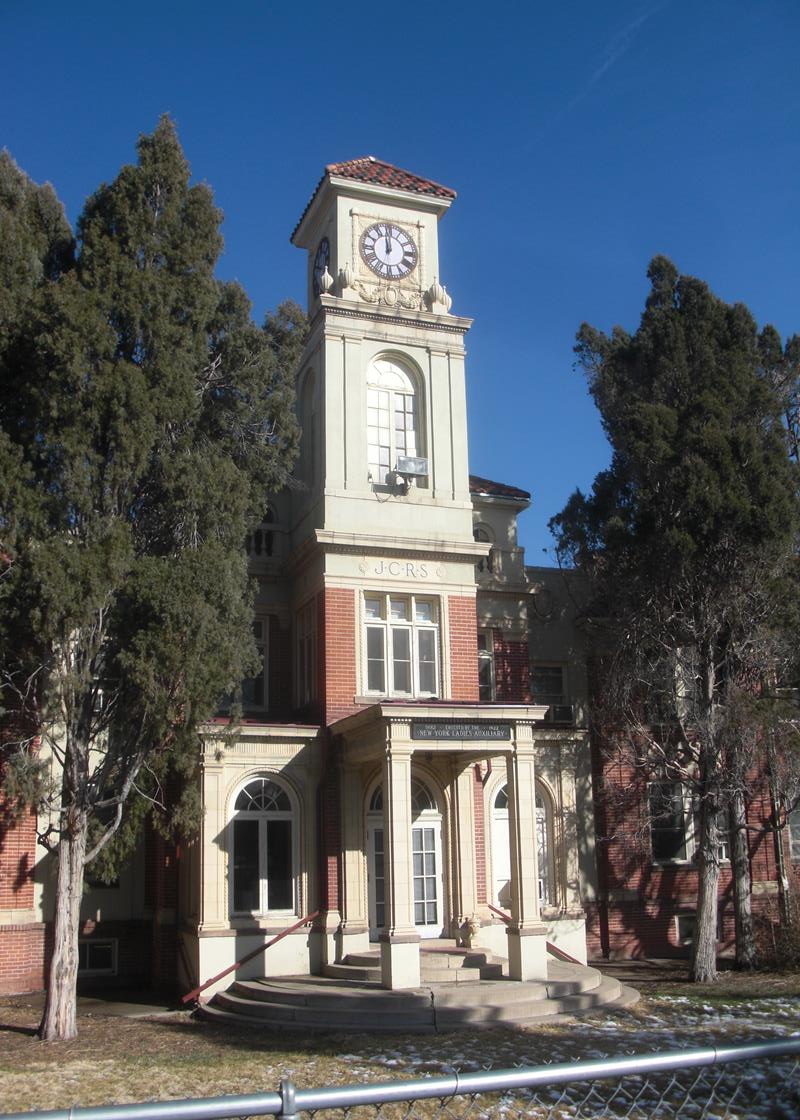 |
| This is the New York Building, built in 1922. |
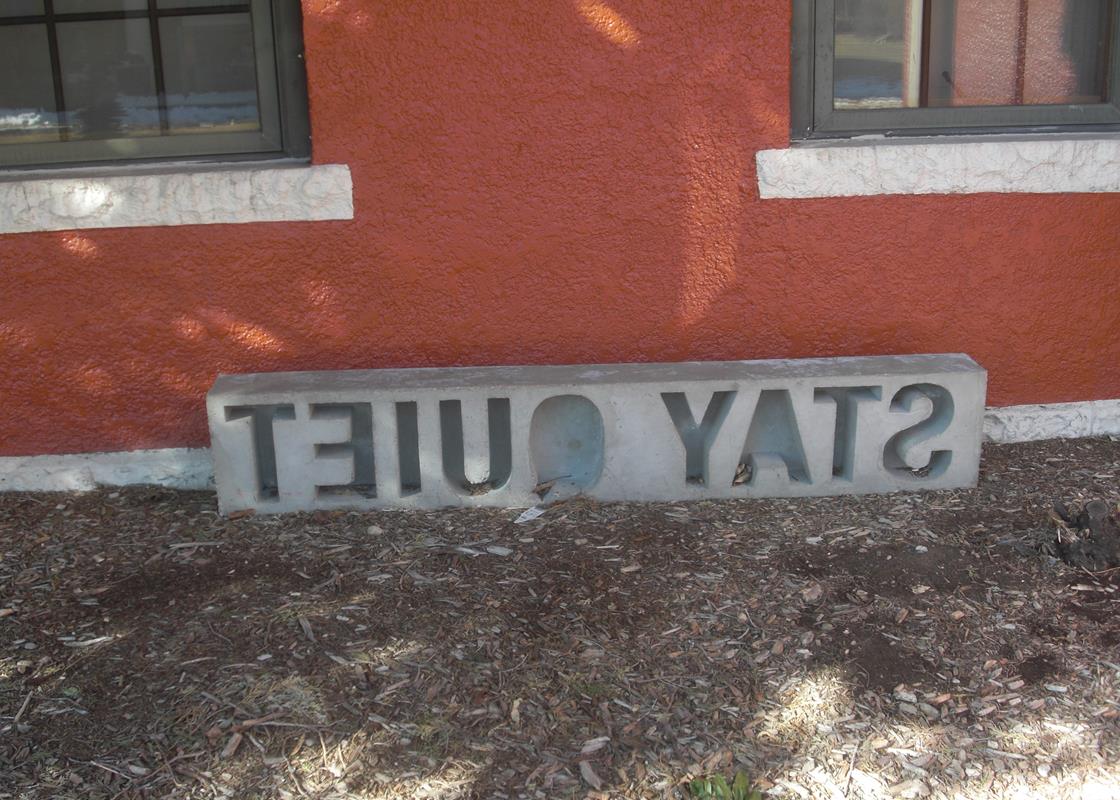 |
| "Stay Quiet". |
This appears to be a form for making a three-dimensional sign that says "Stay Quiet". It might be a sculpture made by a student of
RMCAD.
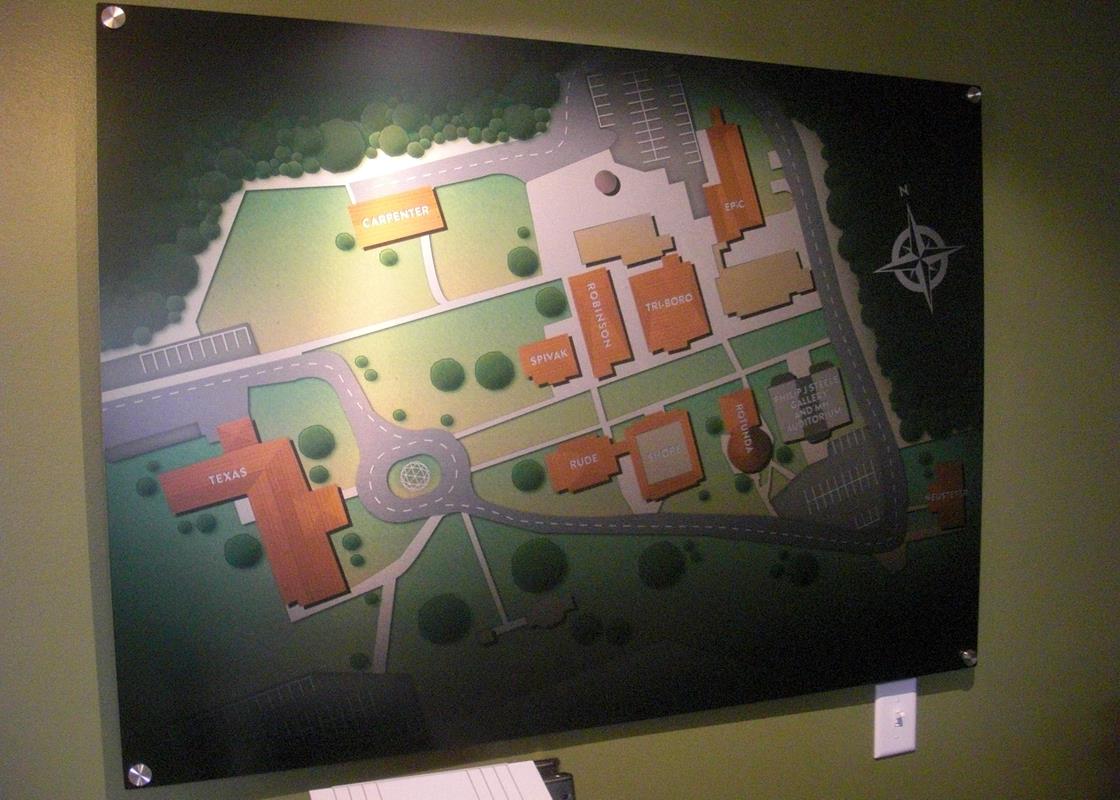 |
| This is a map of the campus. |
 |
| This is the reception area in the Texas Building. |